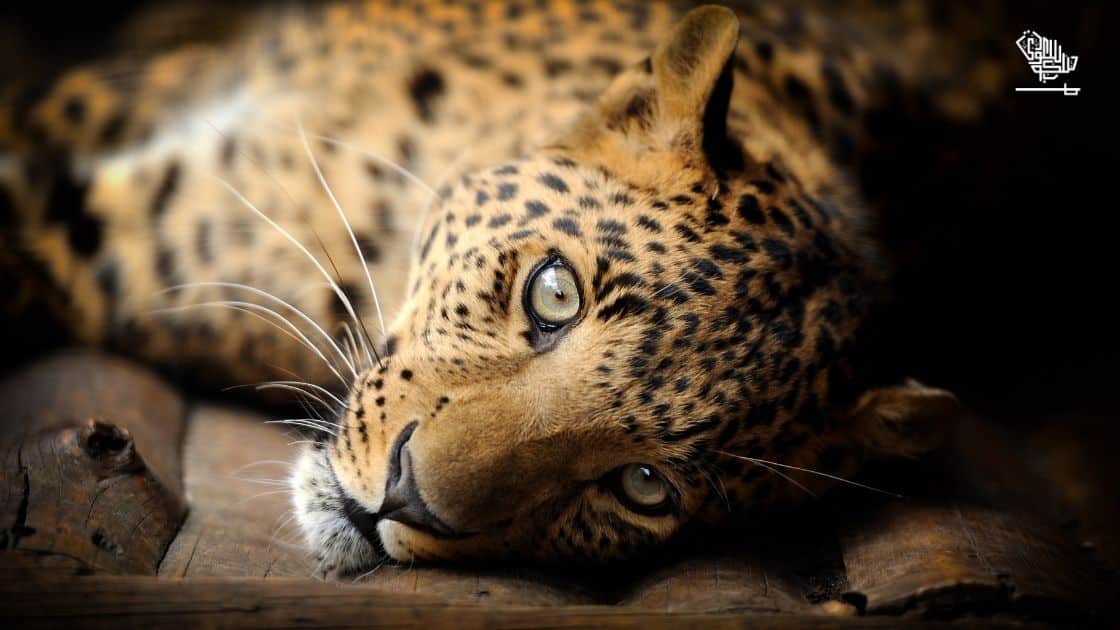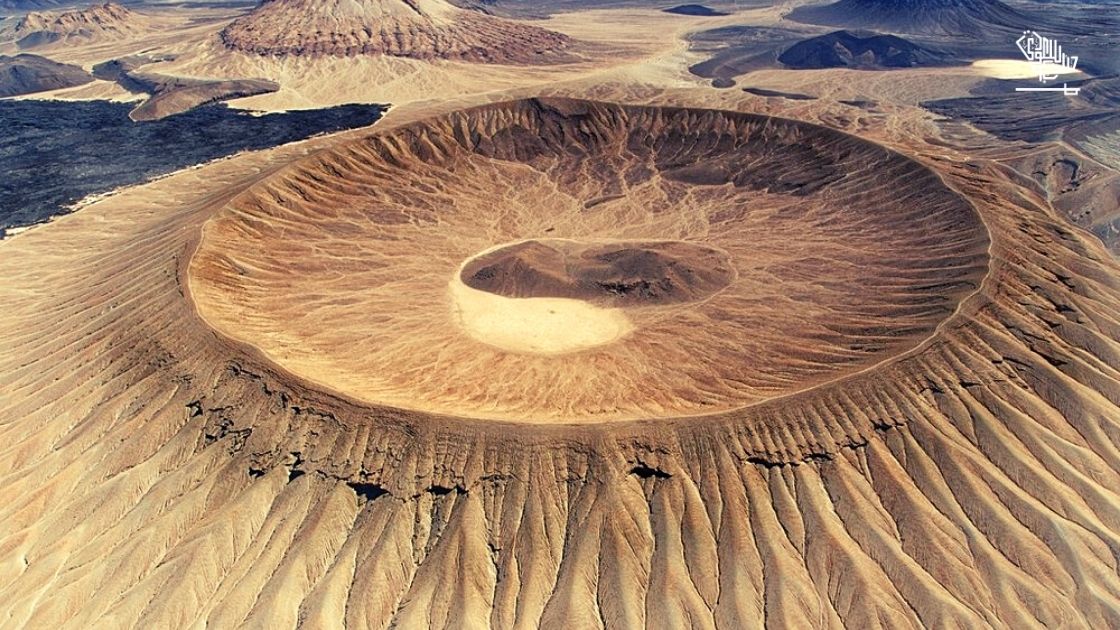[elementor-template id=”3080″]
Subtle changes in the climate have been the way of the universe as species came to rise and extinct animals paved the way for newer types and generations to come.
It was not until the late 1800s that the effects of this ‘climate change’ began to feel real.
Even after this, it was just another notch in the belt – not being recognized as a real problem until 1988, when it was declared a national and international issue.
Climate change is a massive and ever-on-the-rise problem that threatens life today. It has undeniably gone from bad to worse, and animals especially suffer the brunt of this, much more than any other form of life.
Biological Conservation published a new study highlighting the gravity of this situation. While plants and extinct animals worldwide are miserable at the rapidly rising temperatures, some darling species get the worst of it.
Who are these species, you ask?
Scientists talk especially about endemic species – animals unique to a particular place’s biodiversity, exclusively found in just a few places on Earth.
This may mean that the Snow Leopards from the icy caps of the Himalayas, lemurs from Madagascar’s plains, and elephants of Central Africa’s savannahs – to name a few, are heading towards a slow but sure extinction.
Of course, unless something is done to curb the high amount of greenhouse gases that continue to ravage our environment.
Carbon dioxide and methane, useful in small atmospheric concentrations, are notorious for trapping heat when they exceed the balance they are supposed to be in.
Unless strictly controlled, these greenhouse gases can devastate plant and animal biodiversity, much of which we get to witness now in real time.
In this recent study, scientists warn that some of the choicest animal and plant biodiversity may be lost forever, irreversibly damaged, and consumed by global warming.
There is a moderately high risk of extinction in about 300 biodiversity hotspots if the temperatures rise anywhere over three degrees Celsius above the pre-industrial levels.
According to the Paris Climate Treaty signed in 2015, over 180 nations swore to keep global warming levels below the even two-degree Celsius mark, a feat quite challenging to achieve.
Even with all pledges being honored closely, the Earth’s temperature is still expected to exceed the three degrees Celsius allowance by the end of the century.
So, the question arises: why are endemic species expected to be hurt the most?
The answer is simple: We are talking about animals that do not know migration cannot move from one place to another if things get bad.
Some of these animals are from biodiverse hotspots on isolated islands where land species cannot escape. The study finds such endemic species at a ten times higher risk of likely extinction due to climate change.
Stella Manes, the lead author and scientist behind the paper, said in a statement that this climate change not only allows continual suffering of unique ecosystems and species found nowhere else on the planet but that the risk of these species being lost for good rises to more than ten folds if the goals of the Paris Agreement are not met.
While it can be safely said that not all species of animals face the same peril. There is still a considerable number of animals that do, touching about 100 % in secluded islands with stunning biodiversity that cannot be rescued or rehabilitated in any way and become extinct animals with time.
The same can be said for many marine and freshwater species, specifically from the susceptible species of the Mediterranean that cannot escape from the enclosed sea.
Over 90% of land-habituating endemic species and 95% of marine ones are toeing great devastation if the global temperature hike does not halt.
Even though conservationists have spent the past years working hard to establish animal refuges and retreats in biodiverse hotspots, they highlight the uselessness of these if the Earth’s temperature continues to rise.
The study clearly shows that the biodiverse-rich spots will not act as a species refuge from climate change, Mariana Vale, one of the co-authors, was kind to inform.
[elementor-template id=”3120″]
It is imperative to stop taking global warming and climate change as a joke. Significant lifestyle changes both on the part of individuals and governments need to be made if this problem is to be dealt with.
Increasing afforestation to help clean the atmosphere of the high amount of greenhouse gases is a fundamental step that should be actively taken in multiple areas to avoid further extinct animals.
Read: The Most Endangered Animals in Saudi Arabia
Alongside this, heavy-handed lumberjacking in some of the world’s largest ecosystems, like the Amazon, should be discouraged at an international level to conserve what little trees we have, which can help combat climate change.
Lastly, we need to reduce our carbon footprint to reduce the emissions of these greenhouse gases.
Setting up extensive transit public transportation services, sound, readily available rental, and eco-friendly transport options may be the start we are looking for.
Even the littlest amount of change may decide the consequences of the animal and plant life on Earth and, hence, life as we know it. Time is of the essence, and any action we must take has to be now.
It’s like how they say. Better late than never!

Tayyaba is a seasoned writer, author, and dentist passionate about healthcare and storytelling. She combines her medical expertise with her love for writing to create insightful and engaging content that educates and inspires readers.




